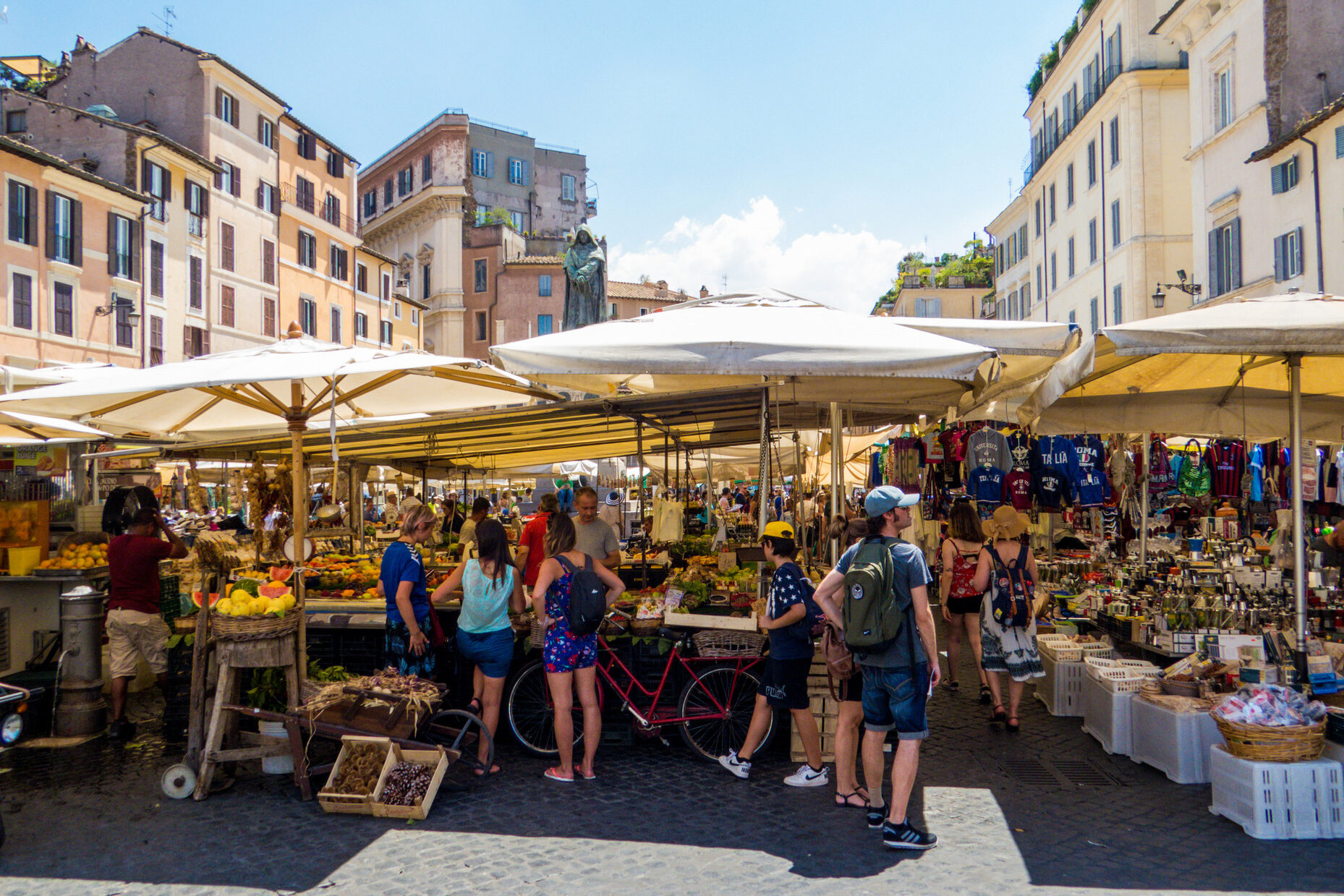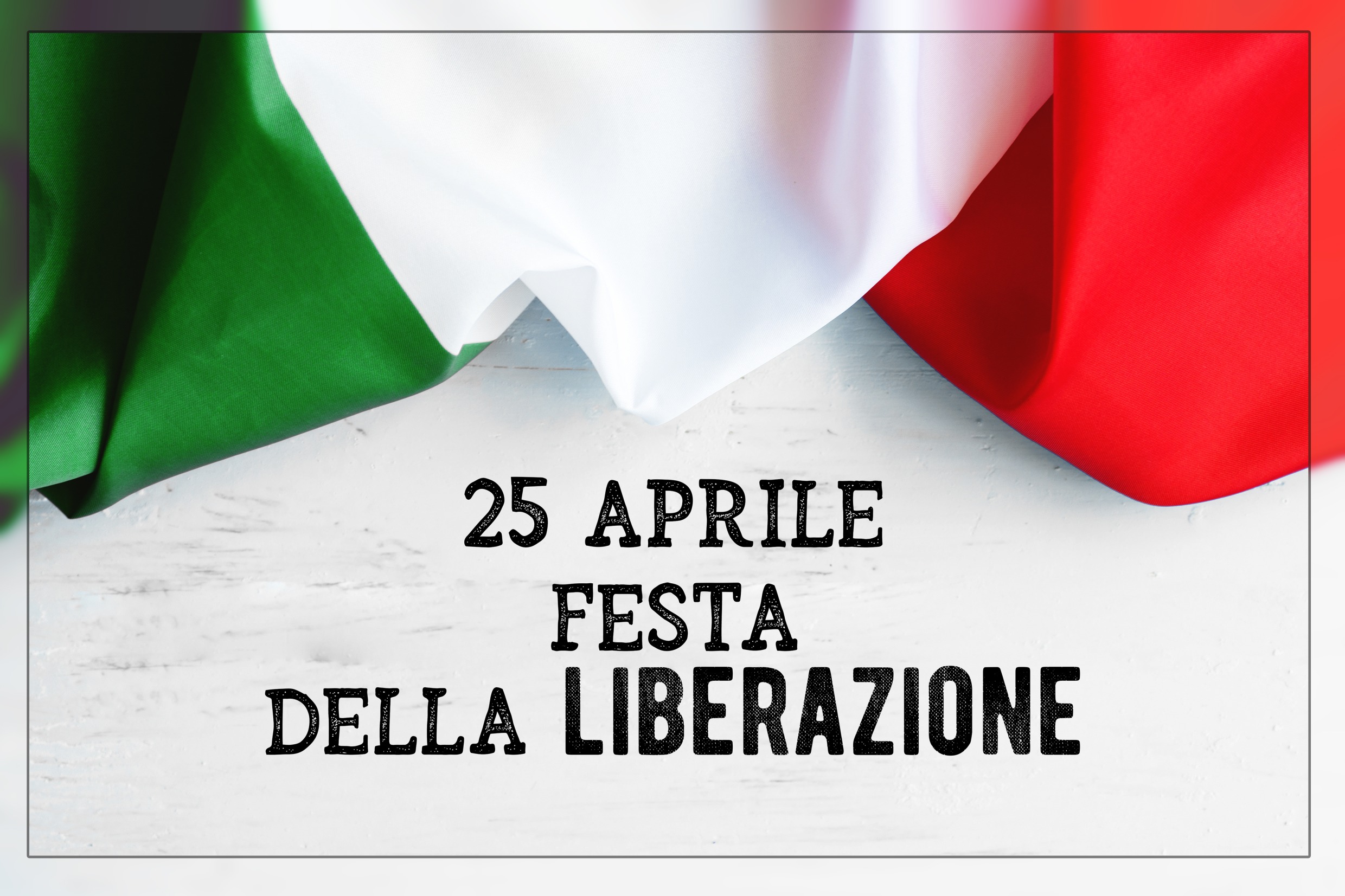In his self-effacing Forward to Of Jewish Race, Renzo Modiano asks why anyone would be interested in yet another book about the Holocaust in the context of the plethora of publications that have already been written, from the diaries of the Warsaw Ghetto to Ann Frank’s and Primo Levi’s works. He asks how could anyone add anything new to the most horrific period in European history.
He says that what happened in Europe, in spite of all that has been written, still remains inexplicable: how a continent that had achieved what it thought was the pinnacle of civilization could then descend to such barbarity. He answers his question by saying that yes, one more story is needed: in fact, there are six million stories that need to be told. Out of respect for those six million Jews who did not survive the camps, it falls upon those who remain to write about what happened, however small or insignificant their experiences may seem. “Memory,” Modiano writes, “is a plant that needs to be nourished, or else it shrivels and dies.”
What is unique about Modiano’s memoir is that he tells the story of his family’s experiences through his own eyes as a seven-year-old boy. In the opening pages of the book, Modiano explains that as a seven-year-old boy, he understood little of what was going on around him in Rome during the war. He understood the obvious danger of the Allied bombings, but did not totally grasp the full meaning of the war. As a Jew he was taunted at times by his Catholic playmates, but he did not grasp the full extent of the anti-Semitism of the period.
During the five years before the German invasion, Jews throughout Italy were marginalized by the passage of Mussolini’s anti-Semitic laws, which removed Jews from important governmental and educational jobs. Nor could they own property. They were allowed something called a Jus di Gazagà, a sixteenth century law established by Pope Paul IV that allowed Jews to remain indefinitely in property that they rented.
But life in Rome for Jews worsened after Mussolini’s fall. Modiano recalls that one evening in October of 1943, a local Fascist came to the Modiano’s home and informed Modiano’s father of the German’s plan to send all of Rome’s Jews north to German concentration camps. His father was already active in the Resistance. Immediately, his parents went into action and decided that to survive they must all be split up: Renzo and his brother Guido would go to a family in Abruzzo, his sister to another family, and his mother and father separated and went into hiding in Rome. The father was the only one who knew where everyone was.
The Germans entered Rome from the South. According to Susan Zuccotti, in The Italians and the Holocaust: Persecution, Rescue, Survival, (which I reviewed in this column in 2001), in advance of their entry into Rome, the Nazis had contacted census bureaucrats and had obtained the names and addresses of Rome’s Jewish population. According to Zuccotti, Rome had about twelve thousand Jews, about four thousand of which lived in the Ghetto.
As Zuccotti explained, while Pope Pius XI condemned Nazi anti-Semitism in his encyclical Mit brennender Sorge in 1937, he did not speak out against Mussolini’s anti-Semitic laws passed in 1938. In fact, according to Zuccotti, in 1943, during the German occupation of Italy, it is certain that Pope Pius XII knew that Italian Jews were being deported, as did many officials, but did nothing to stop the German SS troops from arresting Italian Jews and sending them north to extermination camps. Complicating the Vatican’s response to the Nazi’s roundup of Rome’s Jews, according to Zuccotti, approximately 450 Jews had sought refuge in the Vatican under the Pope’s auspices. The Vatican’s response to the Nazis remains today a highly controversial subject that has yet to be satisfactorily resolved.
Before the Nazis were driven out of Rome by the advancing Allied forces coming from the South, over 1000 Roman Jews were arrested and sent north, the vast majority of which did not survive the camps. On October 23, according to Zuccotti, over eight hundred Roman Jews were murdered in Auschwitz. Modiano says nothing of this. Such matters were far beyond the ken of his seven-year-old understanding of events at the time.
According to Zuccotti, at 5:30 AM, on the morning of October 16, 1943, the Germans blocked all exits to Rome’s Ghetto and began knocking on doors. The night before, according to Modiano, German troops began firing their weapons randomly in the Ghetto to force the residence to stay indoors and not to try to escape. When the roundup began in the morning, the Germans sent those whom they could find to a holding area and then shipped them by rail north to German camps. According to Zuccotti, at the same time, the Holocaust in other parts of Italy was in full-swing: Jews throughout northern Italy were rounded up and sent to northern camps.
Modiano writes that the Germans drew two wagons up to the Synagogue that is located next to Ghetto and began taking all the rare manuscripts and books they could find. Upon reading this I wrote immediately to my cousin, Ursula Dattilo, who works as a docent and director in the recently established museum that is housed below the Synagogue in Rome. She wrote back in an email that the Germans were not just intent on pillaging and destroying the Jewish collection.
In fact, she wrote, the crew that they sent to the Synagogue came with “specialists on the subject of Jewish books” and manuscripts. Like the art treasures that they stole, their intention was not to destroy important Jewish documents, but to confiscate them and take them to German archives. They went through the entire collection and decided which were “precious and which were not.” According to Ursula, the Germans stole two collections of books. After the war, one collection was found in Germany and returned. The other disappeared. Ursula wrote that a few of these books were found in a Russian library a few years ago, but in spite of pleas from the Italian Federation of Jewish Communities, the Russian government has refused to return these rare books to the Synagogue collection.
According to Zuccotti, and agreed upon by scholars, there were approximately 45,000 Jews living in Italy. Modiano puts the number at 58,000. But he is including foreign Jews who were residing in Italy at the time. Significantly, like the Resistance in Denmark, Bulgaria, and Sweden, Italy had become a well-known haven for escaping Jews from other countries. In spite of his insidious anti-Semitic laws, Mussolini never cooperated with Hitler’s demand to deport all Jews, in either Italy or the occupied zones in Europe.
Furthermore, according to The Italian Refuge: Rescue of Jews During the Holocaust (which I also reviewed in this column), a collection of essays from the National Italian American Foundation Conference held in 1987 in Boston, the Italian top brass in the occupied war zones in Southern France, Yugoslavia, Greece, and other areas refused Nazi requests to deport Jews to Germany. However, when Mussolini fell, the Germans took control of those zones and sent all Jews to concentration camps.
The Modiano family’s narrow escape from the advancing German army is an insight into Italy’s overall response to the Holocaust. For sure, some Italian Fascists cooperated with the Germans. Modiano names one Italian informer who passed information to the Germans, both the identities of Jews and those associated with the Partisans. Official census bureaucrats, as well, provided the Nazis with names and addresses of Jews. However, in spite of the official silence of the church, it is well known that Jews throughout Italy sought refuge in convents, rectories, cloisters, and, like Renzo and Guido, in the homes of ordinary Italians. The Italians’ response to the Holocaust saved thousands of Italian Jews from certain death. As a result, eighty-five percent of Italian Jews residing in Italy survived the Holocaust.
Modiano and his brother were sent to the small village of Civitatomassa in Abruzzo. A caretaker of property that Renzo’s father managed, Signor Lanzi, not only risked his life, but the lives of his entire family when the boys came to live with them. Worse, as Modiano makes perfectly clear, it was a small village where everyone knew everyone’s business, though families never intervened in other’s affairs. So it was certain that everyone in the village was aware that not only was the Signor Lanzi family harboring escaping Jews, but that the entire village was as well culpable. All people, including the children, had to know to keep their mouths shut. There was one tense moment when German troops stationed nearby came to the village. If Renzo and Guido were discovered, the Nazis would not have stopped at just killing Signor Lanzi’s family. They would have leveled the entire village and possibly executed everyone.
Aside from this tense moment, his and his brother’s stay in the village was more on the “normal” side of life rather than the horrific and dramatic. They made friends with the other village children, working through the difficulties of the Abruzzo dialect so they could play games with the other children. Living in just a two-room house, the family even gave the boys their only bedroom while the mother, father, and son slept in the kitchen on the floor. When the war abruptly ended, the brothers’ parents immediately sent for them and they were reunited with their family.
As Modiano explains, his memoir is a story about the dangerous sacrifices that average Italians made to save their Jewish neighbors. As he says in his introduction, he did not feel compelled to write about atrocities because his boyhood story is about the friendships forged during his escape and hiding: “the discovery of the simple rugged rural life and the generosity of people who, without any personal gain, helped Jews hide and survive, often running terrible risks for themselves and their families.”
Modiano’s short but unique memoir ends abruptly without drama. But the reader is given a first-hand account of the daily struggles of normal people, the anxieties and overwhelming fear that Modiano’s parents’ experienced and the difficult decisions that they had to make to separate the family in order to save their lives and the lives of their children. The abject horror of the Holocaust remains in the background of Modiano’s heartwarming story of escape and successful return.
Ken Scambray is professor of English at the Univ. of La Verne. His latest book is Queen Calafia’s Paradise: California and the Italian American Novel. Aside from his collection of short stories, Surface Roots, his fiction and poetry appear regularly in national journals.





























